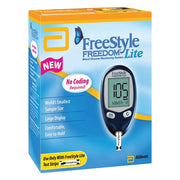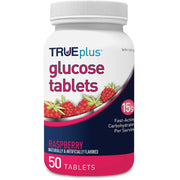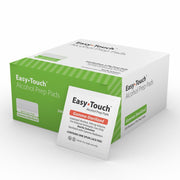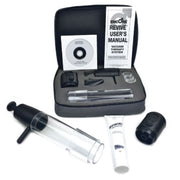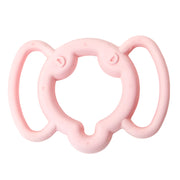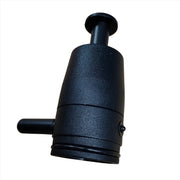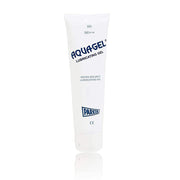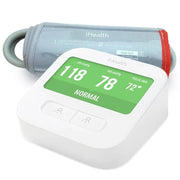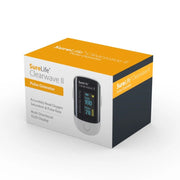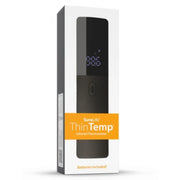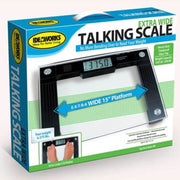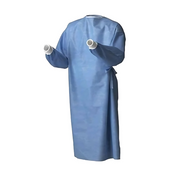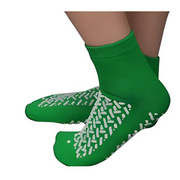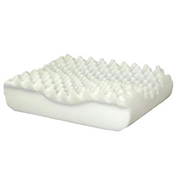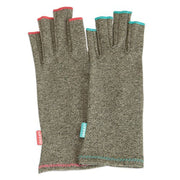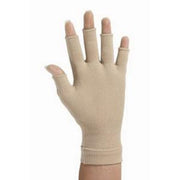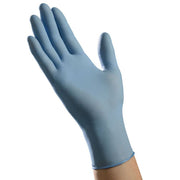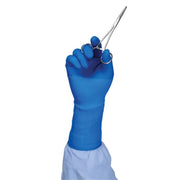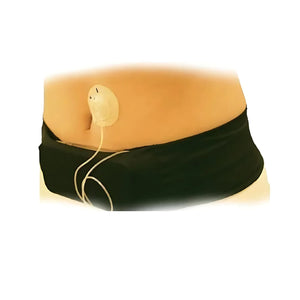Lancets for Diabetes | Finger Prickers
What Is A Lancet?
A lancet is a needle encapsulated in plastic and is used for puncturing skin to get a blood sample. Lancets are also known by many other names such as needle, pricker, and finger sticks, but they all refer to the same thing. Lancets are commonly used by people diagnosed with diabetes while measuring blood sugar levels. There are many different types of lancets and they also vary by gauge (needle thickness) and penetration depth (needle length). Gauge is a bit tricky, as the bigger the number the thinner the needle and the opposite is true, the smaller the number the thicker the needle. Thicker needles (small gauge) make bigger holes which allows for better blood draw, but they're also more painful than thinner needles (large gauge). So if you are sensitive to pain you might want to start with a larger gauge lancet. Keep in mind that the smaller the puncture the longer it will take to get enough blood sample for the glucose test. If you do not squeeze out enough blood you will not only have to redo the lancing procedure but also ruin the lancet and the test strip which in some cases could be a very costly mistake. So make sure to consult your physician to find out exactly how much blood sample your glucometer requires to produce accurate results, this will allow you to make an educated decision and purchase correct lancets the first time.
What Does Lancet Gauge Mean?
Lancet gauge number means needle thickness. The bigger the number the thinner the needle and the opposite is true, the smaller the number the thicker the needle. Please refer to the following chart for clarification of the most common lancet needle thicknesses:
- 33 Gauge, 33G is 0.20mm
- 32 Gauge, 32G is 0.23mm
- 30 Gauge, 30G is 0.30mm
- 28 Gauge, 28G is 0.36mm
- 26 Gauge, 26G is 0.45mm
- 25 Gauge, 25G is 0.51mm
- 23 Gauge, 23G is 0.63mm
- 21 Gauge, 21G is 0.82mm
- 18 Gauge, 18G is 1.27mm
Can Lancets Be Used Without A Lancing Device?
Most lancets do require to be used with a lancing device, although, there are variations of lancets such as Pressure Activated lancets which do not require a lancing device, they are also known as single-use disposable lancing devices. There are many different brands who manufacture lancing needles and devices. Most brands manufacture a proprietary combination of a lancing device and lancets, and lancets from other brands are not interchangeable. It is important to note that most lancets are not universal and can not be inserted into random lancing devices. So if you are shopping for lancets please make your selection carefully and make sure that lancets are compatible.
The Benefits Of Using A Conventional Lancing Device vs Single-Use Disposable Lancing Devices?
An important function of a lancing device is the ability to change the penetration depth (needle length) of its lancet while most single-use disposable lancing devices have a set penetration depth, although there are exceptions such as Accu-Chek Safe-T-Pro Plus, which feature multiple depth levels. Also, a conventional lancing device can use various gauge lancets where a single-use disposable lancing device only has a set gauge.
Can Lancets Be Reused?
Lancets are for single use only and should be disposed of immediately after use. Repeated use of the same lancet can lead to serious infections.
Trusted Brands of Lancets
- Abbott Diabetes Care (FreeStyle)
- Able Diagnostics (VivaGuard)
- Accu-Chek Diabetes Care (FastClix, Safe-T-Pro Plus, Softclix)
- AgaMatrix (Wavesense iTest Ultra-thin)
- Arkray USA (TechLITE, Assure Lance Plus, Assure Lance)
- Bayer (Microlet)
- Becton Dickinson (BD Microcontainer)
- Boca Medical Products (Ultilet Classic)
- Cardinal Health (Essentials Safety Lancets, Essentials Universal Lancets, Essentials Twist and Cap)
- Care Touch (Twist Top Lancets)
- Gluco Perfect (Steri-Lance)
- HTL-STREFA (Acti-Lance Lite, Acti Lance Universal, Melange Plus Safety)
- LifeScan (OneTouch Delica Plus)
- MediPurpose (SurgiLance Lite, Surgilance Safety)
- MHC Medical (Twist Top, Pressure Activated)
- Omnis Health (Embrace Lancets)
- Owen Mumford (Unistik 3 Comfort, Unistik Normal, Unilet ComforTouch, Unistik Extra Safety, Unilet GP Ultralite)
- Prodigy Diabetes Care (Prodigy Twist Top Lancets)
- Smiths Medical (Safe-T-Lance Plus)
- Trividia Health (TRUEdraw Lancing)
Frequently Asked Questions (FAQs)
Q: Can lancets be reused?
A: No, lancets are designed for single-use only to prevent infections, ensure sterility, and maintain accuracy in blood sampling.
Q: How do lancets work?
A: Lancets are small, sterile needles used with lancing devices to prick the skin and obtain a drop of blood for glucose testing.
Q: Are lancets universal?
A: Some lancets are universal and can fit multiple lancing devices, but others are brand-specific and only compatible with certain models. Always check compatibility before purchasing.
Q: Are lancets considered sharps?
A: Yes, lancets are classified as sharps and should be disposed of properly in an FDA-approved sharps container to prevent injury and contamination.
Q: How to properly dispose of lancets?
A: Used lancets should be placed in a sharps container and disposed of at designated medical waste facilities, pharmacies, or hazardous waste disposal sites.
What Makes Online Shopping at Medicinal Supplies so Finger Prickin Good?
At Medicinal Supplies we try to make your lancet shopping experience as easy and convenient as possible by providing as much relevant product information as we can find and presenting it in a clean and easily readable and understandable format. We carry a wide variety of the most popular brands of lancets at some of the cheapest and highly discounted prices and the best part you don't even need to leave your couch to place the order. Most of our lancets are shipped the same day the order is placed and only take a few business days to reach your doorstep.


